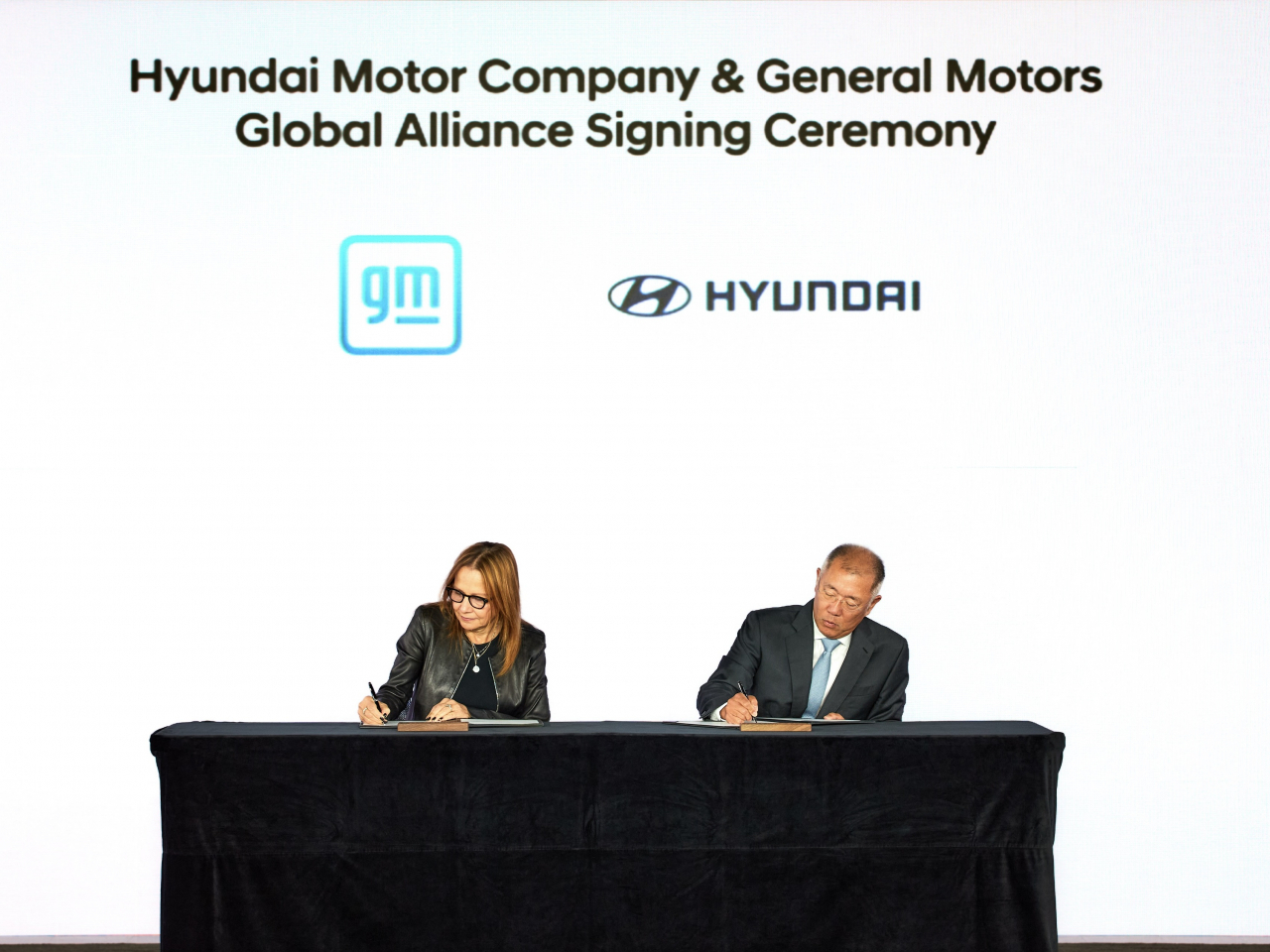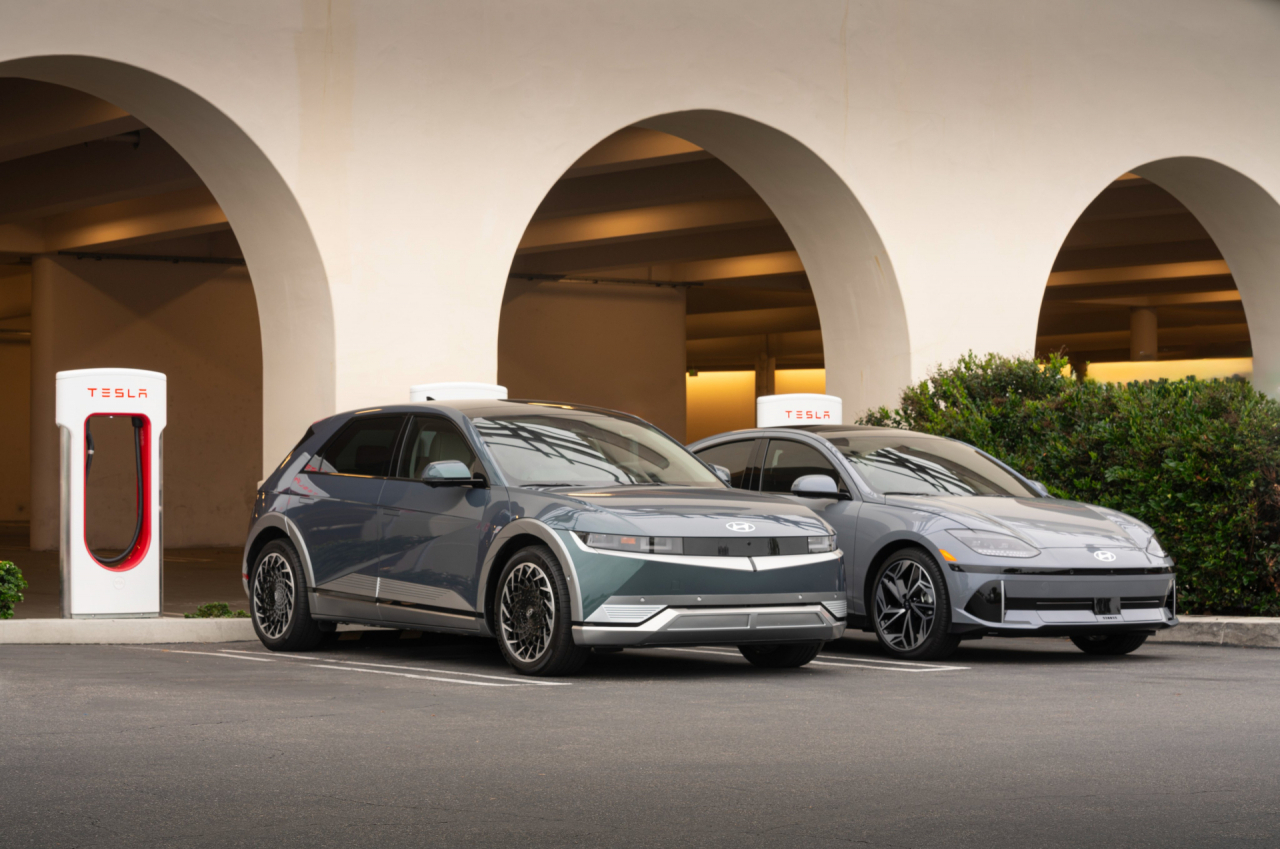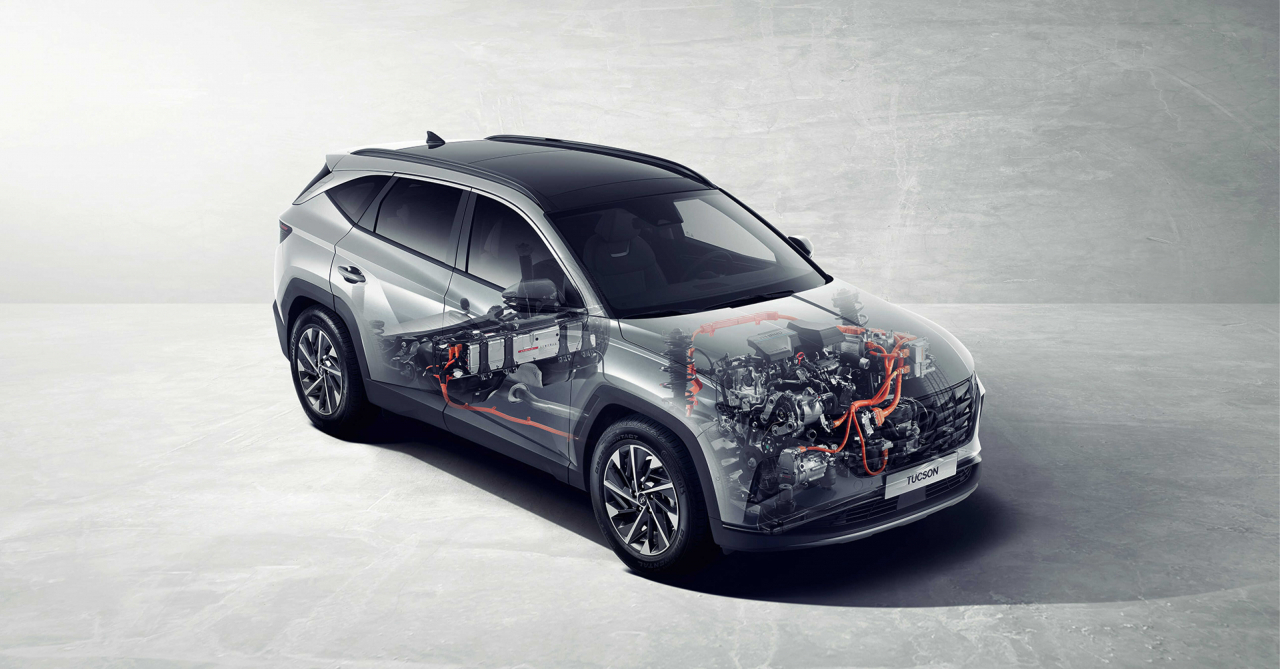
 |
| Hyundai Motor Group Executive Chair Chung Euisun (right) and General Motors CEO Mary Barra sign a comprehensive partnership agreement between the two automotive giants at Genesis House New York on Sept. 12. (Hyundai Motor Group) |
Hyundai Motor Company and General Motors seem like very different automakers. One is a South Korean juggernaut known for its efficiency and clean design, while the other is a symbol of American muscle, built on a century of dominance in trucks and sport utility vehicles. Yet earlier this month, these two giants signed a sweeping partnership.
“In a time of intense competition from Tesla and an ever-growing Chinese EV threat, Hyundai and GM are probably betting that their combined strengths will allow them to stay relevant well into the electric future,” said automotive analyst Im Eun-young from Samsung Securities.
The Hyundai-GM partnership spans nearly every aspect of their operations -- from joint development of electric and hybrid technologies to shared battery sourcing and factory utilization.
“Hyundai brings to the table its hybrid and electric platforms, while GM can help Hyundai mitigate political risks in its US expansion. Their ability to create synergies will depend on focusing on these complementary strengths,” analyst Im said.
Why now? Threats from Tesla, Chinese rivals
The writing on the wall has been clear for some time. Tesla has not only revolutionized electric mobility but is also building an insurmountable lead in the infrastructure that supports it. As of mid-2024, Tesla controlled about 60 percent of fast chargers in North America, making its proprietary North American Charging System the de facto standard in the region. Other automakers, including Hyundai and GM, have had little choice but to adopt NACS alongside the conventional Combined Charging System.
 |
| Hyundai Motor announced in October last year that starting in the fourth quarter of 2024, all new or refreshed Hyundai EVs in the United States will come with Tesla's NACS port. Existing and future Hyundai EVs with CCS ports will be able to use the Tesla Supercharging Network from the first quarter of 2025, with adapters provided to enable charging compatibility between NACS and CCS systems. (Hyundai Motor Company) |
“Simply put, no automaker can sell EVs at scale in North America without playing by Tesla’s rules,” said senior researcher Kim Kyeong-yoo from the Korea Institute for Industrial Economics and Trade.
Meanwhile, China’s EV sector is exploding, with over 50 percent of vehicles sold in the country being electric as of mid-2024. Chinese automakers like BYD and Nio are flooding their domestic and international markets with low-cost, high-tech electric cars, making it harder for legacy automakers like Hyundai and GM to compete on price and technology.
A lifeline for GM, Hyundai
For Hyundai and GM, the US is now their most critical market. Hyundai generates 60 percent of its profits in the US, largely thanks to its popular EV models like the Ioniq 5 and Kia EV6. Despite losing ground in China and Europe, Hyundai’s fortunes in the US have held firm.
GM has been retreating from international markets for more than a decade. After exiting Europe, Russia and India, the automaker now relies almost exclusively on the US and China for the majority of its sales. With its Chinese operations faltering, GM’s future hinges on maintaining dominance in its home market.
Political clout
One of the biggest advantages for Hyundai in this alliance is GM’s influence in the US. As the top-selling automaker in its home market, GM carries significant political weight. This is especially important in an increasingly protectionist climate, where US-China trade tensions could create regulatory risks for foreign automakers like Hyundai. By aligning with GM, Hyundai gains a buffer against political risks and ensures a stronger voice in any policy decisions that could impact the US automotive market.
For example, Toyota faced severe scrutiny after sudden acceleration incidents and brake recalls in the US in 2009, with its chairman Akio Toyoda tearfully testifying in 2010. The Volkswagen emissions scandal in 2015, which also originated in the US, further underscored the risks.
“Interestingly, despite GM’s ignition switch recall causing more deaths than Toyota’s brake issues, GM faced fewer repercussions, with no public hearings and relatively smaller fines,” said analyst Im.
 |
| 2025 Hyundai Tucson Hybrid's hybrid powertrain (Hyundai Motor Company) |
For GM, the partnership is a lifeline -- particularly in hybrid technology. Despite its ambitious pivot to EVs, the US market is still seeing significant growth in hybrid sales, as consumers gravitate toward vehicles that balance range and fuel efficiency. GM has largely missed out on this trend, as it has focused almost entirely on full EVs.
“Hyundai has been one of few competent automakers in hybrid technology for nearly two decades. By partnering with Hyundai, GM can quickly gain access to hybrid technology and meet the rising consumer demand for these vehicles,” added analyst Im.
The alliance also helps GM access Hyundai’s advanced EV platform, enabling it to offer more attractive, dedicated electric vehicles, rather than mere derivatives of its internal combustion models, like GM’s Ultium EV platform.
“In short, this is a partnership of necessity. Both Hyundai and GM recognize that time is running out as Tesla’s dominance grows and Chinese automakers expand globally. They may not have the time to develop the capabilities needed to compete in these areas independently, but together, they have a fighting chance,” KIET researcher Kim explained.









